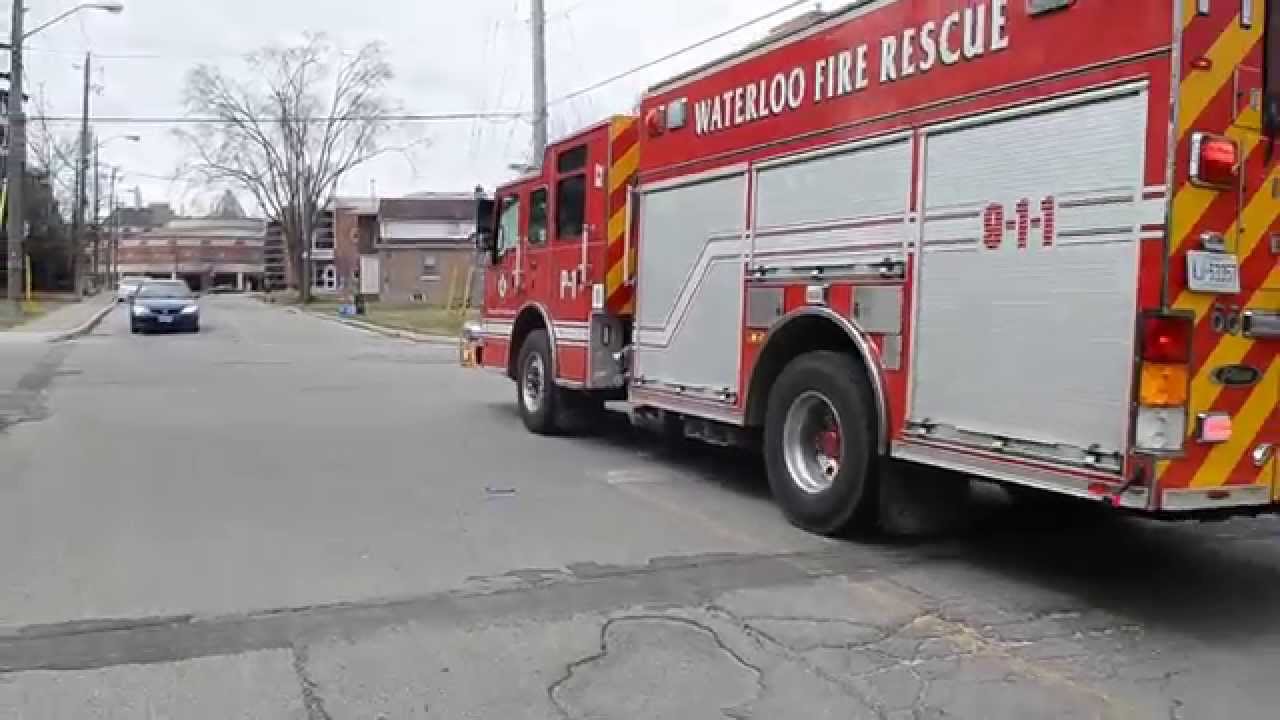Fire Rescue Community Risk Assessment
As part of the ICIGO student organization within the Department of Geographical and Sustainability Sciences, students used GIS to analyze risk factors and indicators of emergency management hotspots in Waterloo.
Community Risk Reduction is defined as “a process to identify and prioritize local risks, followed by the integrated and strategic investment of resources (emergency response and prevention) to reduce their occurrence and impact” (Vision 20/20).
In order to develop their own local community risk reduction strategy, the Waterloo Fire Rescue department sought the services of ICIGO to complete a key part of the overall risk reduction strategy- a Community Risk Assessment.
This community risk assessment study will help identify opportunities for emergency management interventions to reduce the potential for hazards and risks in the community. This information can be used to assist in providing proactive prevention activities and to help with decisions on further community funding for certain areas or activities.
The study is not without limitations. Countless variables exist that contribute to risk for any one person or area. Furthermore, certain policies, behaviors, and actions may skew actual risk. For example, crime incidents are likely to be higher in areas that are heavily policed. This assessment is not necessarily a predictor of future events, but can be used as a tool for identifying opportunities for targeted interventions.
Using best practices and resources, the project team developed a process for evaluating risk in Waterloo. It is worth noting that no one single way for assessing risk exists- the process for the project was developed through collaboration and consultation with the community partners.
The objective for this project was to assess risk in order to determine areas of concern in Waterloo, Iowa based on historical occurrences, the built environment, and social vulnerability.
This analysis primarily focuses on spatial relationships (visualized as maps) that community partners can use to identify areas where intervention and resources can be introduced to mitigate that risk.
For this project, historical occurrences includes a snapshot of crime, EMS, and fire incidents from 2018-2020. Various service organizations in Waterloo use different database methods, which is a limitation for any on-going risk assessment process.
In addition to this report, a GIS geodatabase was created and shared with the community partners. Opportunities for further study and recommendations for improved local practices are included in this report.
